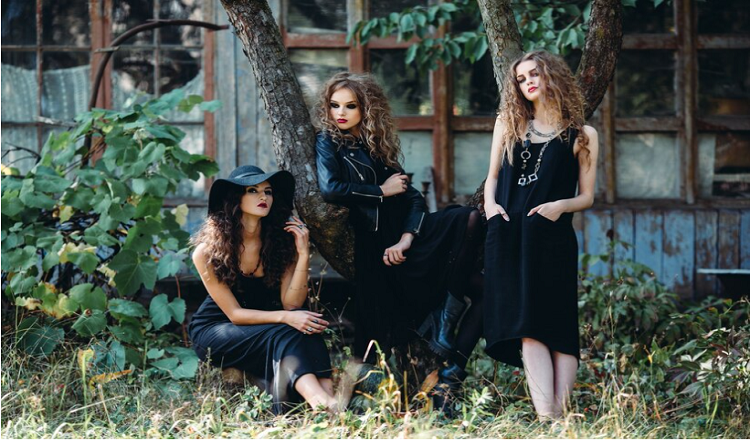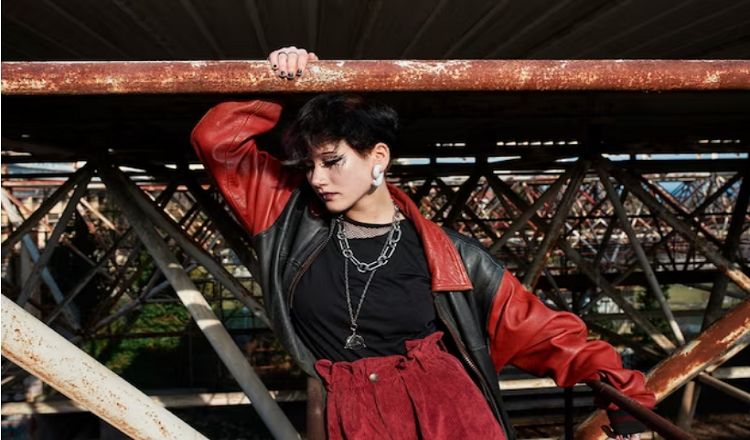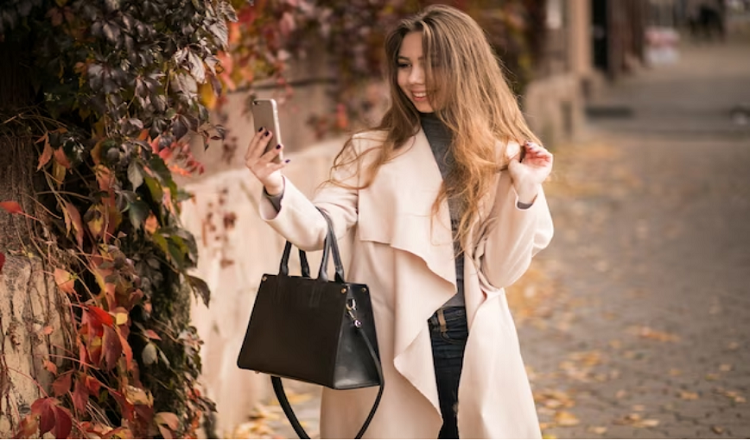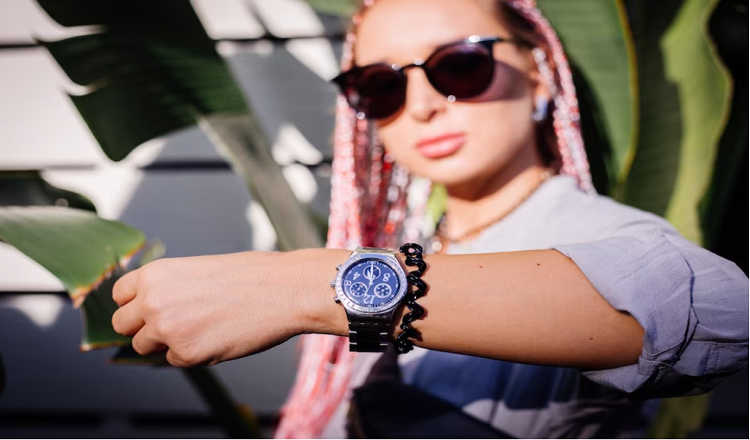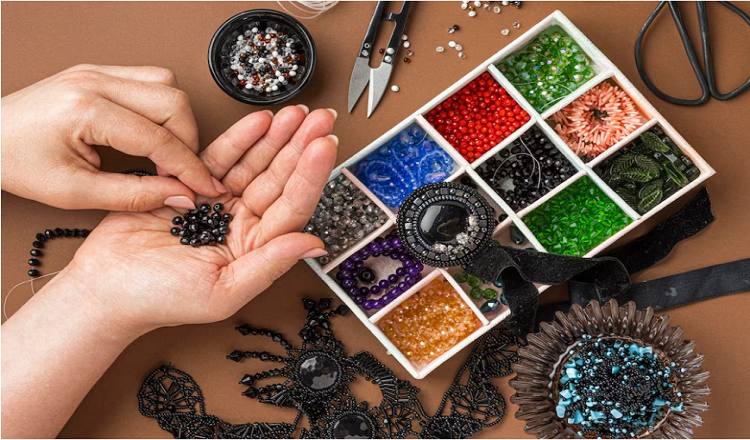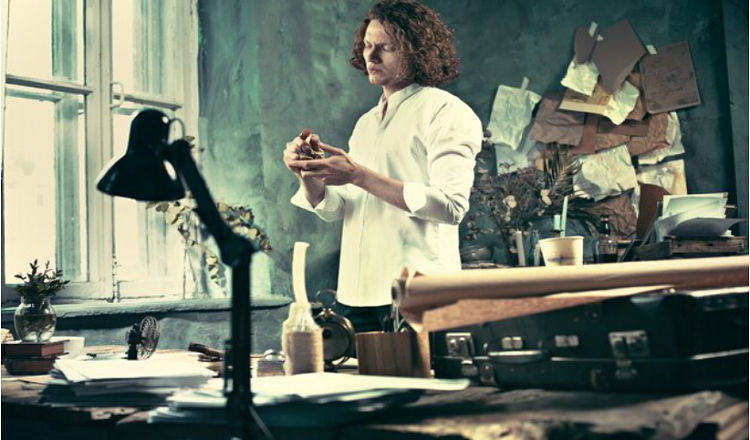
The History of Vintage Fashion Prominent Styles and their Significance
Fashion has always been a reflection of society and its values. It is an art form that is always changing, always evolving. Vintage fashion is a term that refers to clothing and accessories that were popular during a particular era but have since gone out of style. The vintage fashion industry is now booming with fashion enthusiasts and collectors seeking unique, one-of-a-kind pieces from different eras.
Vintage fashion is not only enticing because of its aesthetics, but it also provides an insight into the social, cultural, and political climate of a particular period. In this article, we will take a closer look at some of the most prominent styles in vintage fashion and explore the significance behind them.
The Victorian Era (1837-1901)
The Victorian era was known for its corsets, petticoats, and lace. During this period, fashion was a symbol of social status and wealth. Women’s clothing was restrictive and often difficult to move around in, but it was seen as a mark of elegance and femininity.
The Crinoline
One of the most iconic pieces from this era is the crinoline. It was a skirt with hoops made of steel or whalebone, which made the skirt flare out. The crinoline was a symbol of luxury and was seen as a way for women to showcase their wealth and status.
The Riding Habit
Another prominent style from the Victorian era was the riding habit. Women who rode horses for leisure or sport would wear a specific outfit that included a tailored jacket, a skirt, and a top hat. The riding habit was an important symbol of freedom for women during this time because it allowed them to participate in activities that were previously reserved for men.
The Roaring Twenties (1920-1929)
The Roaring Twenties was a period of unprecedented social and cultural change. Women’s fashion changed dramatically during this time, with a focus on liberation and breaking away from traditional norms. The Twenties were a time of flapper dresses, sequins, and loose-fitting clothing.
The Flapper Dress
The most iconic piece from this era was the flapper dress. It was a short, sleeveless dress made of lightweight and flowing fabrics. The dress was a symbol of freedom for women because it allowed them to move and dance freely. The flapper dress was a statement against the restrictive and conservative fashion of the past.
The Cloche Hat
Another popular accessory from the twenties was the cloche hat. The hat was close-fitting and had a bell-shaped silhouette. It was a symbol of the new, independent woman who was breaking away from traditional roles and expectations.
The Rockabilly Era (1950s)
After the Second World War, fashion saw a return to traditional gender roles, and women’s clothing became more feminine and glamorous. The Rockabilly era was characterized by its feminine silhouettes, colorful fabrics, and bold accessories.
The Poodle Skirt
One of the most iconic pieces from this era was the poodle skirt. It was a full skirt made of felt fabric with a poodle applique on the bottom. The skirt was a symbol of youth and innocence, making it perfect for teenage girls.
The Cat Eye Glasses
Another popular accessory from the Rockabilly era was the cat-eye glasses. The glasses had an exaggerated swoop at the top of the frame, giving them a distinct look. The glasses were a symbol of femininity and glamour, making them a popular choice for women who wanted to create an eye-catching look.
Conclusion
Vintage fashion is more than just clothing and accessories from the past. It provides us with a glimpse into the social, cultural, and political climate of a particular era, and it allows us to see how fashion has changed and evolved over time. The Victorian era was a time of wealth and status, while the Roaring Twenties was a time of liberation and freedom for women. The Rockabilly era saw a return to traditional gender roles but also had a focus on femininity and glamour. Vintage fashion is a reminder of how fashion has always been a reflection of society, and how it will continue to change and evolve in the years to come.

